35 Pics That Sum Up What The '70s Were Like
By: Austeja Zokaite and Gabija Palyt (Bored Panda)
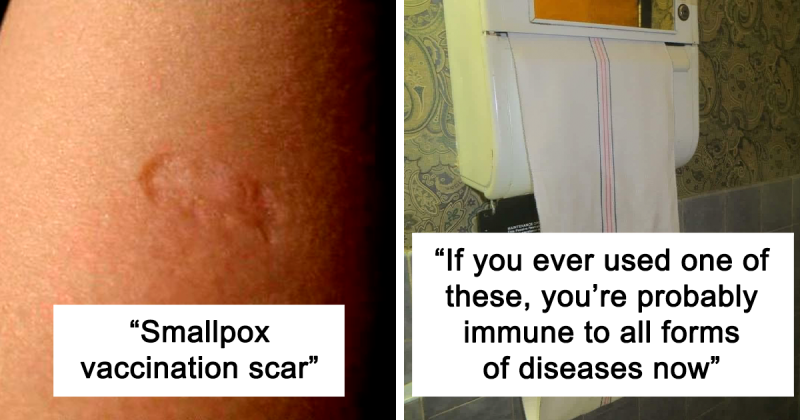

It's the time of year to crank up the way, way, waaay back machine. Far out!

The 1970s were a whirlwind of groove and social changes. People from this decade witnessed many remarkable events, such as the gay liberation movement victories, the election of the first female Prime Minister in the U.K., and the rise of disco.
Alongside these successes, they were also a part of some unfortunate incidents like the Vietnam War, the Oil Crisis, and the loss of many icons like Elvis Presley, Coco Chanel, and Pablo Picasso.
The decade was an era like no other, and luckily the subreddit "The 70s are back!" has collected many images to preserve it. For Gen Z, they may already be mere relics from the past, but these images can reveal a lot about what was happening at the time. Let's take a nostalgic journey by scrolling through the list and immersing ourselves in the spirit of the '70s.
This post may include affiliate links.
#1 Early ‘70s / Early 70’s, Cheers
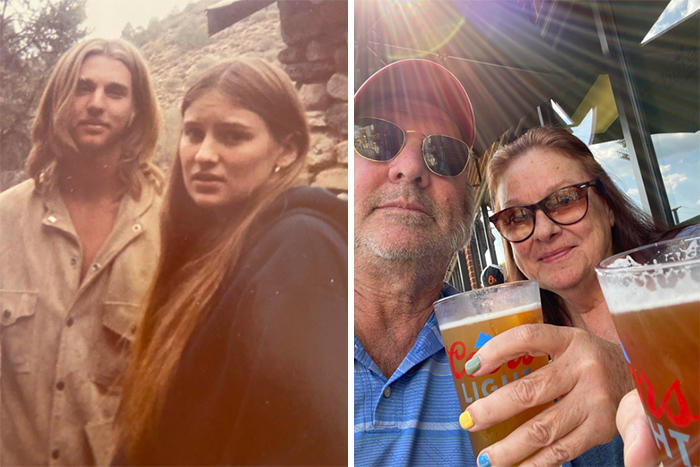
#2 Ahhh Always Best In The Tin
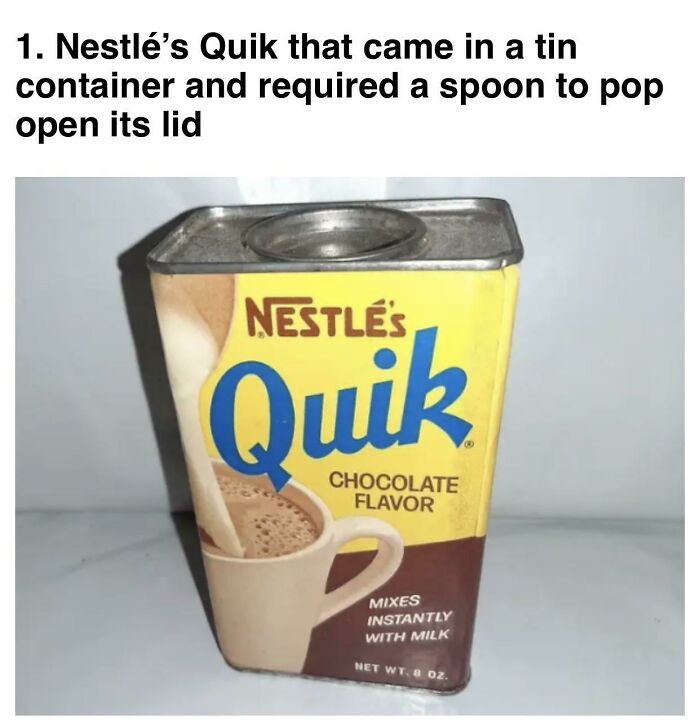
#3 If You Ever Used One Of These Perpetual Towel Contraptions To Dry Your Hands In The 1970s You’re Probably Immune To All Forms Of Viruses And Diseases Now
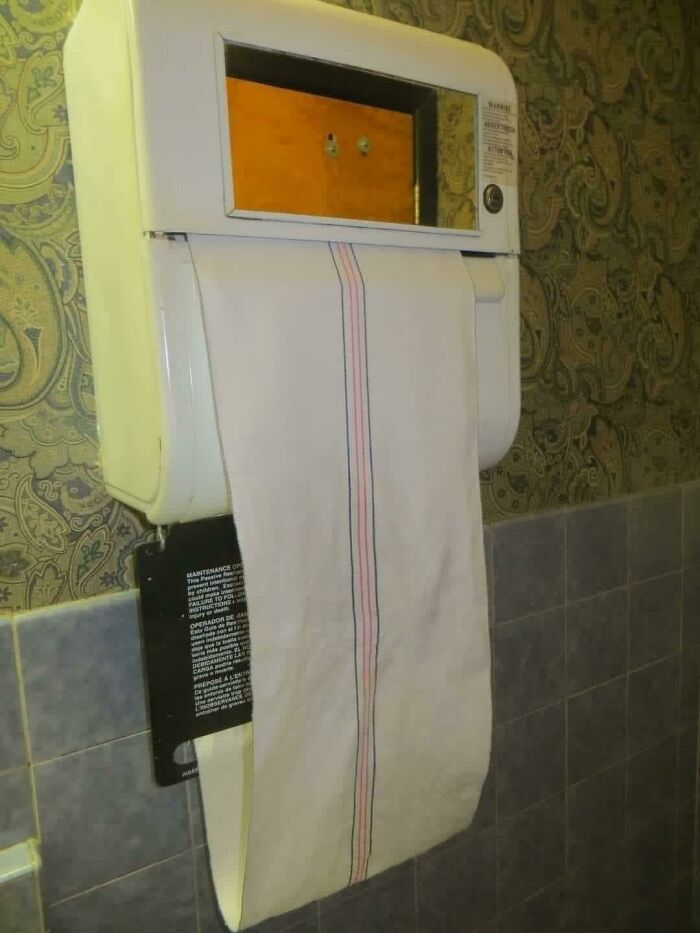
Things got pretty weird in the 1970s, especially in the US, mostly because it came after the youth and change-driven 1960s and the incoming flashy styles of disco and punk. Even though people yearned for new social possibilities, they were faced with political division (Roe v. Wade, the Watergate scandal), hostility (wars in Asia), and rejection. As they started to lose hope of reuniting as a society with a common interest in goals, many focused on issues of subgroups they belonged to based on ethnicity, sexual orientation, gender, and religion.
#5 Smallpox Vaccination Scar ! Who Has One?
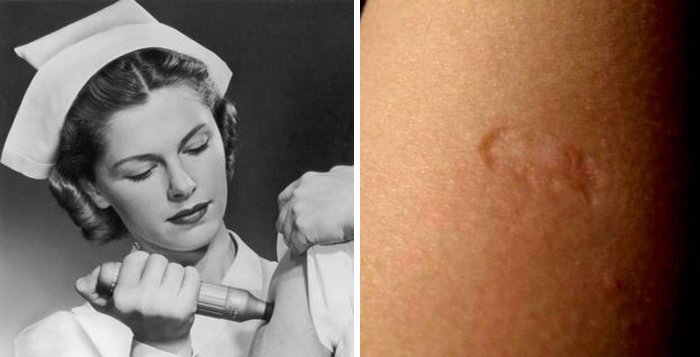
During this period, many American citizens witnessed indigenous people seeking to maintain their culture and improve their quality of life. For decades, they were living in poverty and discrimination. In the '70s, the average life expectancy for a Native American person was 46 years, compared to the national average of 69. Half of them lived on reservations, where employment reached 50%. After many struggles and protests, the US government restored millions of acres of tribal lands and increased funding for Native American education, healthcare, and housing.
#7 Silly Putty ! Remember Copying The Funny Pages From The News Paper?
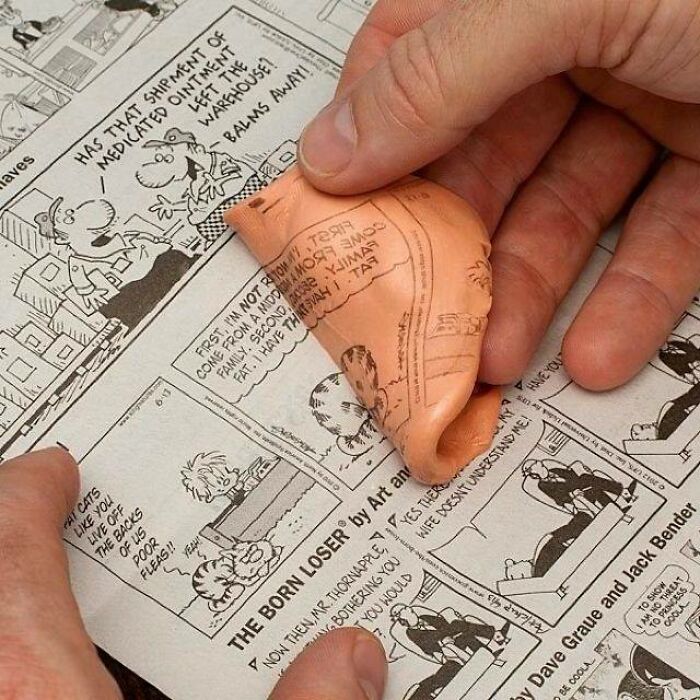
The drive for gay and lesbian rights intensified as well. The activists called for any homosexual individuals to come out and reveal their orientation. Therefore, gay communities moved from the underground to the political sphere. They strongly protested against the American Psychiatric Association, which categorized homosexuality as a mental illness. This "diagnosis" often resulted in job loss, loss of custody, and other serious consequences for the LGBT community. By 1974, it was no longer considered a mental illness. The same year, Kathy Kozachenko became the first openly lesbian woman to run for office in Michigan.
#12 Who Else Loved Underdog And His Villains?
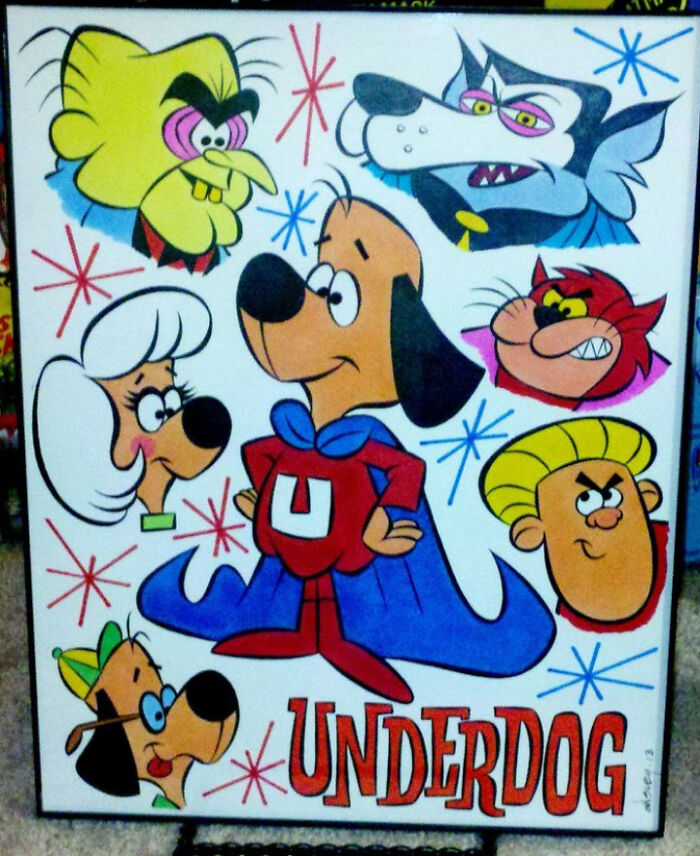
Women's liberation also continued in the 1970s. Feminists opened women's shelters, successfully fought for protection from employment discrimination for pregnant ladies, reformed sexual assault laws, and funded schools that opposed sexist stereotypes. In 1973, the US Supreme Court, in Roe v. Wade, put in place several laws that made abortions during the first three months legal. This meant that women could seek help nationwide without needing to prove that the pregnancy was a danger to their health or that it was the result of a reported assault.
#13 Remember When Dairy Queen Was A Takeout Stand? (1970s-80s)
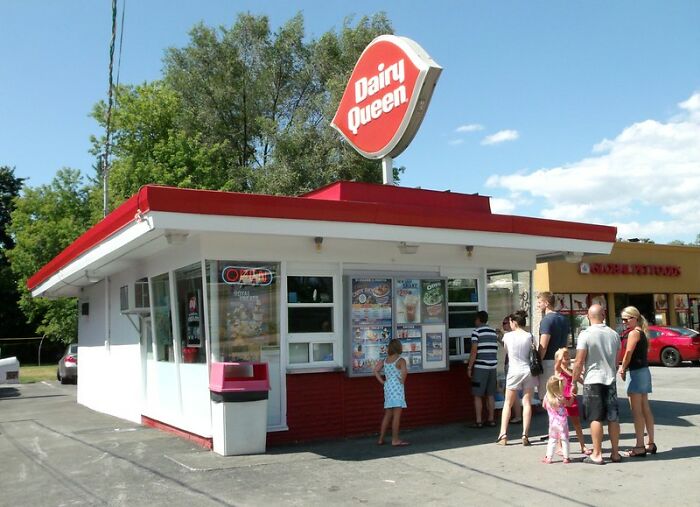
Growing up in the '70s amongst all of this was undeniably different from today. With the hippie movement in full swing and more women acquiring jobs, parents usually employed a "hands-off" approach when raising their children. Unsupervised play was still a thing, children of this era remember being told, "Be home when the street lights come on" or "Whose house are you going to, and when will you be back?" Kids between the ages of 5 and 13 would take care of themselves with no adult supervision before and after school on a regular basis.
#16 Moon Boots. If You Lived In A Cold Climate, You Wore Them
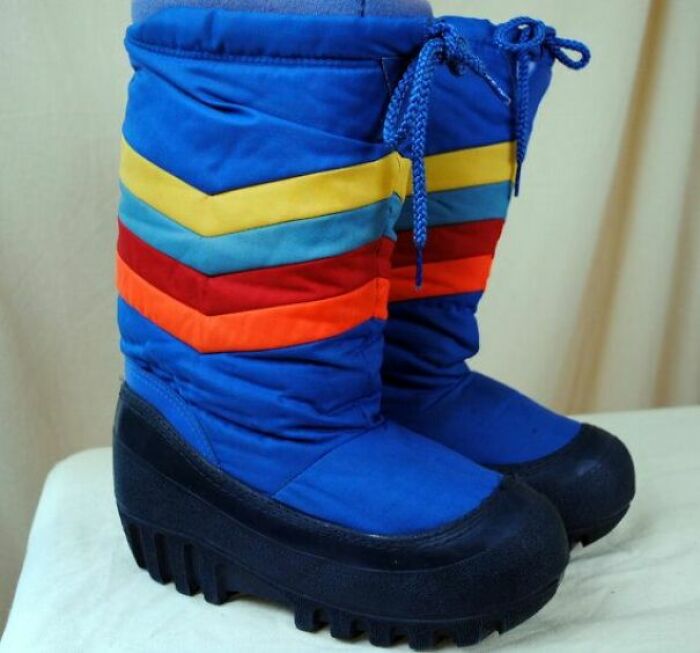
One thing adding to the not-so-strict parenting was the lack of communication devices. There weren't cell phones or smart watches back then. Getting hold of your child meant calling up your neighbors. Children would usually stay out all day, and if they needed to get in contact, they could use a payphone (ancient, we know). They got around without cell phones by making a plan days in advance and sticking to it. It's hard to imagine doing all this planning just to go to a bowling alley with a friend after school. Nowadays, with nearly everyone having cell phones, we can make arrangements and know where someone is in an instant.
#21 Spencer Gifts ! My Friends And I Would Head Straight To The Poster Rack
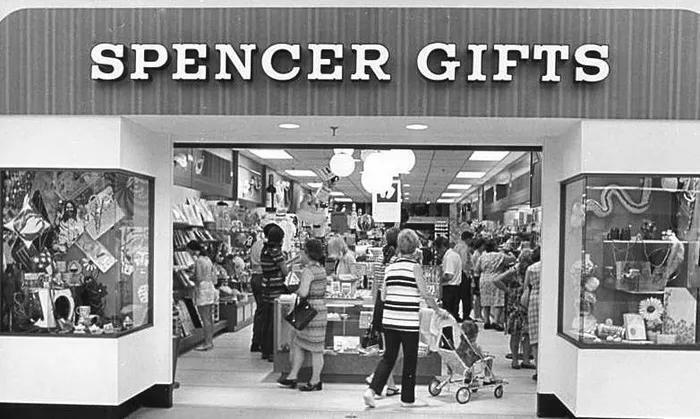
Some things that no longer exist in our current world but were useful in the '70s were services like milkmen, diaper changers, and television repairmen. Many people had metal boxes on their front porches, and the milkmen would pick up the empty glass bottles and leave milk on their doorstep. You could also leave a dirty bag of cloth diapers for someone to collect, and they would replace them with a stack of new ones. And if the TV broke, you would pay someone who came to your house in a van filled with parts and fixed it in your home. How '70s is that?
#22 Pop Some Boston Into The Cassette Deck And Let's Cruise
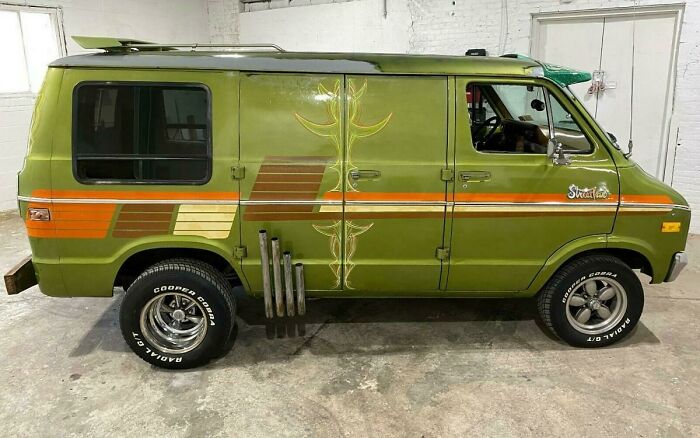
Also, let's not forget that reading paper maps and looking for distinctive landmarks were the only ways to travel successfully. Watching your favorite television shows in the 1970s was like making an appointment. Recording devices didn't exist yet, so if you missed a show, better luck next time! Even thinking about it sends shivers down your spine. Additionally, at the time, the nationwide highway speed limit was 55 miles per hour in the US (now it rarely ever goes below 65).
#26 You Are From The 70's. If You Remember The Soda Machines With The Cup And Crushed Ice Dispenser
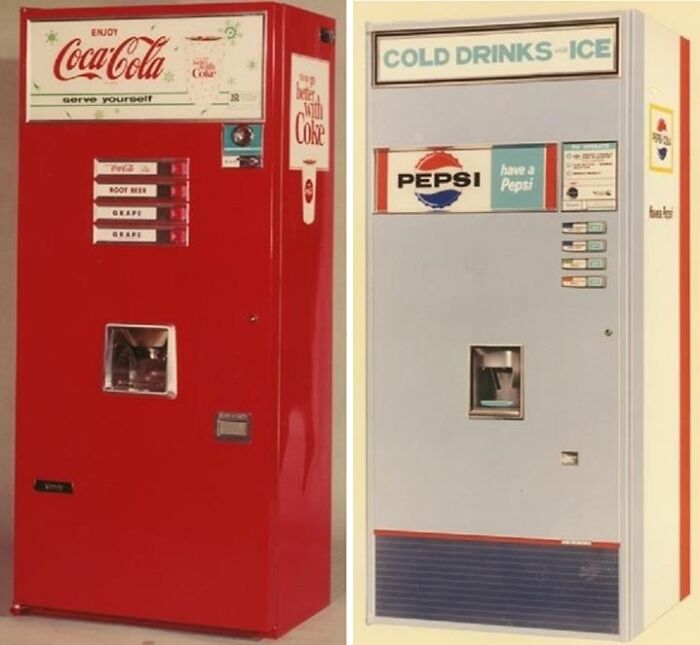
The era of the 1970s was multifaceted in many ways. From social and cultural changes to daily life without cellphones or GPS, it was a mix of challenges and significant achievements that left a lasting effect on the decades ahead. Reflecting on this period, we have to ask, dear Pandas , do you recall something from the '70s that no longer exists or was peculiar even to this decade?
#29 So I Have An Awesome 70s Smoking Room. Tell Me What U Think
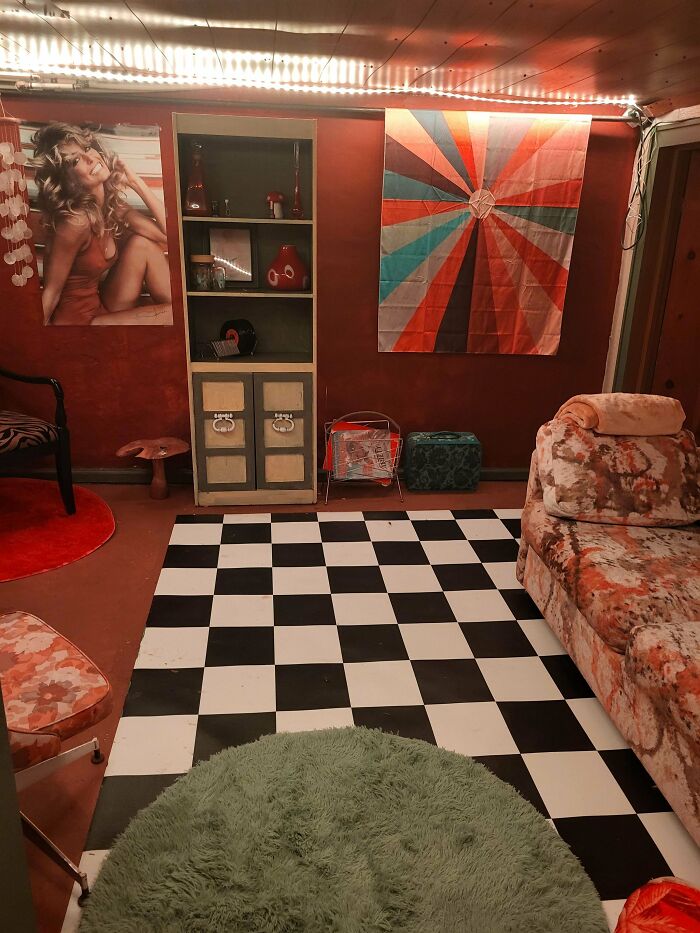
#30 Barefoot Gas Pedal, Hurst Shifter, And Boston
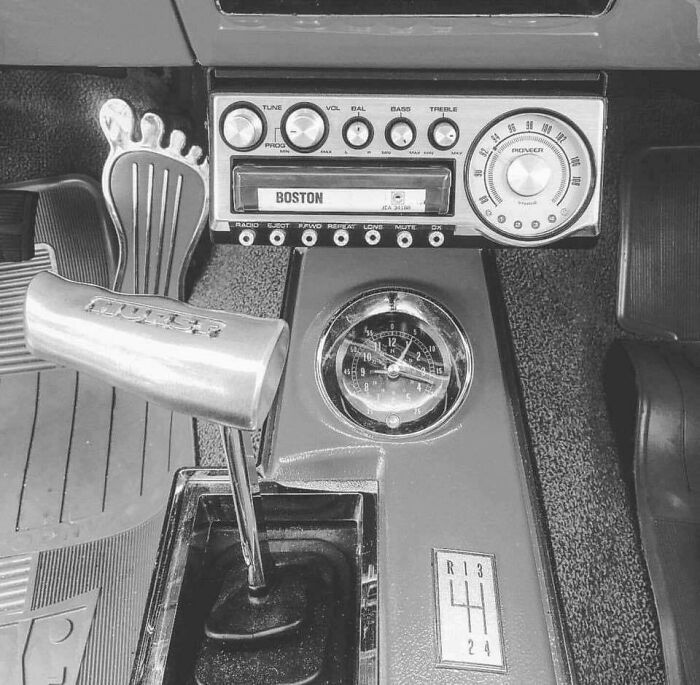
#33 Members Of A Cult Or A Flower Selling Cartel?
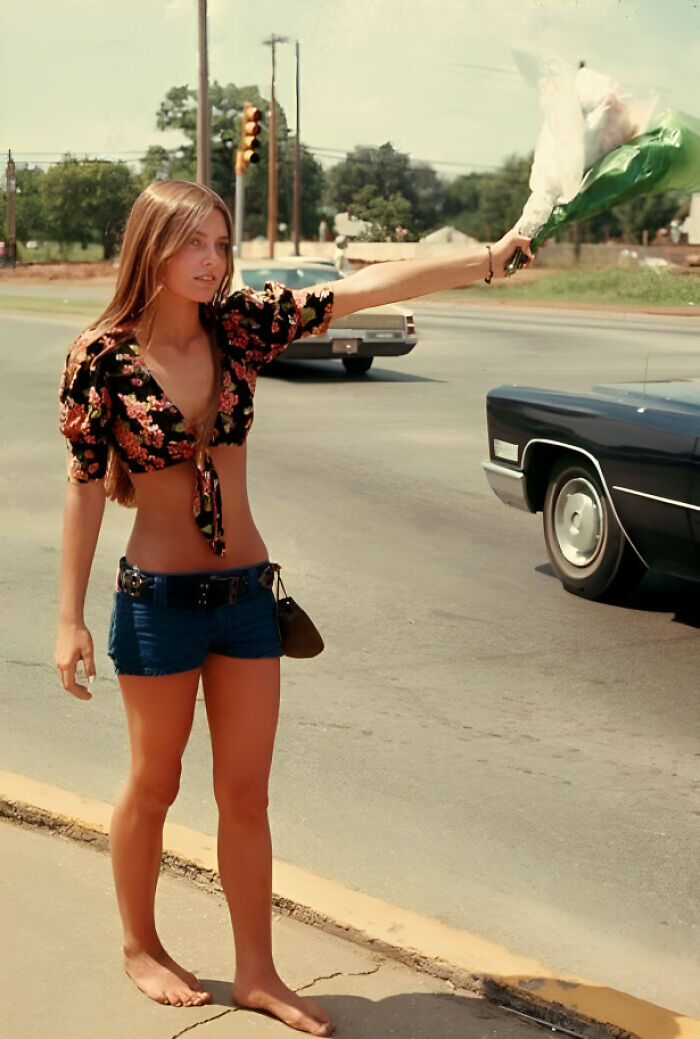

Tags
Who is online
71 visitors


Eat your heart out, Gen Z!
When I was restoring my '71 Challenger, took YEARS to find the right one and it cost me almost $3000 for an operational one. Luckily my father still had a lot of 8 track cartridges
I miss hippy chicks …
Not much different from the 60s. Back then change was slow, now it's in overdrive.
I had the barefoot gas pedal, Hurst shifter, 8 track, CB, scanner and Radar Detector in my RoadRunner
Look! Up in the Sky!
It's a bird!
It's a plane!
It's a frog....
No! Not bird nor plane nor even frog. It's just little old me, Underdog